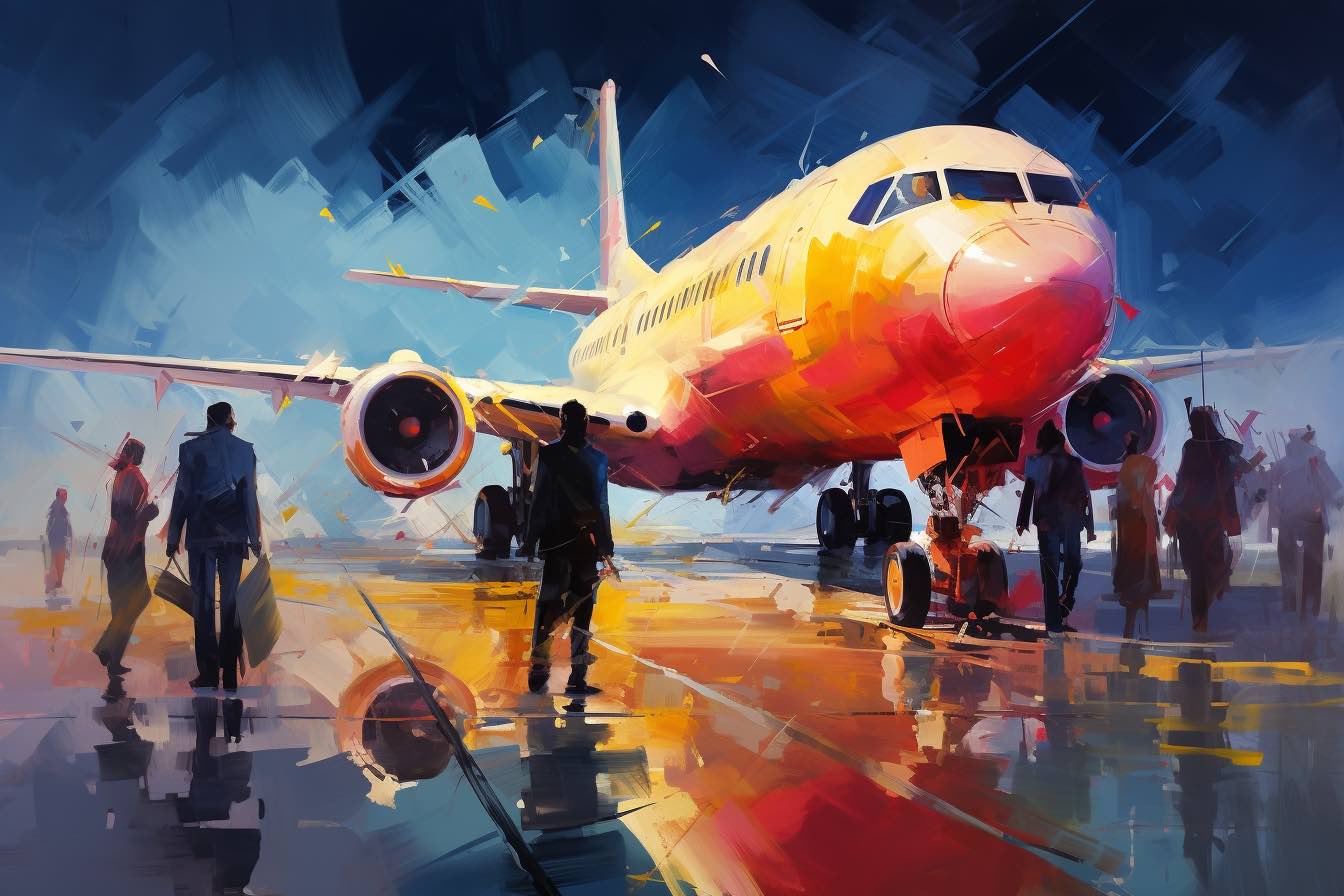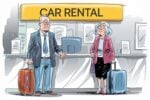There’s a right way to board a plane, and you’re probably not doing it. Actually, it might be more accurate to say your airline isn’t doing it.
United Airlines’ recent decision to change how it boards its aircraft — allowing passengers in the window seats on the plane first — solved nothing. Although that should abbreviate the boarding time by two minutes, it’s not the fastest way to get everyone on board.
Open boarding or letting the slowest passengers board first works better, but that would not fly with the elites, who absolutely have to be on the plane first.
The truth about how we board planes in the United States
I’ve spent the last year watching people around the world get on planes. In Thailand, they form a line a half hour before the flight starts to board, apparently hoping it will get them to their destination faster. (It doesn’t.) In Argentina, it’s more of a free-for-all, and you sometimes don’t even know which flight has started boarding in all the chaos. In Switzerland, it’s all so orderly that no one even stands up until their boarding group is called. You feel as if you’re at a doctor’s office.
But in the United States, boarding is generally not about speed, but status. United will continue to allow a long list of travelers with loyalty status on the plane first. Even egalitarian airlines like Southwest have their Early Birds and their A groups, which guarantee the last people on the plane get the middle seats in the back.
But Southwest is onto something. Its open boarding policy — no assigned seats — is one of the fastest ways to board the plane. No wonder the airline can turn its planes so quickly. Passengers board faster than on any of the legacy carriers, even the ones with window-first boarding.
Bottom line: If you’re relying on an airline to make the boarding process faster, forget it. Domestic carriers are more motivated by making their elites feel special than they are saving time, and they’re not about to change it. But you can change the way you board the plane, which might save you a little time and get you into your seat faster. (Related: Why do airlines hate it when you know your rights?)
The most common questions about boarding a plane
Interestingly, most passengers have no idea how to board a plane correctly. Airlines don’t tell them, and the “experts” are too interested in selling you a mileage-earning credit card to really care.
But I do. Here are the most common questions I get about boarding, along with my completely unapproved answers.
What is a boarding pass?
A boarding pass is a strip of paper with your flight, seat number and a barcode. When you check in for your flight at the airport, you will receive one. You might also be able to use your phone as a boarding pass. If you don’t have either, and you are standing at the gate, you’re in trouble (how did you even get through security?). Ask a ticket agent for a boarding pass. You’ll need one to get on the plane.
When do I need to show the boarding pass?
When you get on the plane, it’s best to have your boarding pass in hand before you line up. Some airlines will also need to see your ID or passport, so make sure that’s ready, too. If you’re extra thoughtful, you can open your passport to the page with your picture. That’ll move things along faster.
When does boarding start?
Your airline will make an announcement. You can also look at the departures board at the airport. If it says “BOARDING” next to your flight — run! (Related: Are you a rude passenger? Here’s what to do before you board — and what not to do.)
Should I get up before my boarding group is called?
No. Be like the Swiss! Stay in your seat until they call your boarding group. There are no bonus points — no benefit at all — to lining up before. If you see other passengers doing it, ignore them.
If you’re on an airline with open boarding, consider getting to the airport extra early to stake out a seat close to the boarding area. Then, when they call your group, you can get a spot towards the front of the line, which will improve your chance to get the best available seat.
Can I change lanes when I’m boarding?
No. If there’s a priority lane for the loyalty program members next to the regular line, that line is not for you unless you have the right card. The exception: When a ticket agent waves you over to use the other lane, it’s OK to use it.
I have no idea why airlines create special lines for their elites. Being first on the plane is a meaningless perk. The plane isn’t leaving until everyone boards. Wouldn’t you rather be able to walk around the terminal where you can stretch your legs? I know I would. (Related: If you’re standing in line at the airport, don’t do this.)
What if my ticket is invalid?
Step aside and let the other passengers continue boarding. When a flight is boarding, every second counts. Those ticket agents are under immense pressure to get the flight off the ground. They’ll do everything they can to fix your ticket, but now is not the time to get into an argument.
Do faster passengers have the right of way when boarding?
Stepping aside for the faster passengers won’t accelerate the boarding process, say experts. If anything, research suggests letting slower passengers board first can expedite boarding.
So if you only have a carry-on and you run marathons, hang back. Let the moms with strollers and the nonagenarians in wheelchairs go ahead. (Related: A painful truth and what we’re doing about it.)
Who owns the space in the overhead bin above my seat?
It’s a shared space, but the etiquette gods say you have priority if you’re sitting in the seat under it. Being flexible is essential. Sometimes, for example, your overhead bin may be blocked or unavailable. So you might have to use the next bin over. Don’t be too territorial.
If you run out of space, be patient. Wait until people have all put their things up and see where there is a space to put your extra luggage. A flight attendant may be able to help you stow your items — or at least find a space for your bag.
A flight attendant asked me to move seats. Do I have to?
Yes, you have to. Flight attendants can pretty much do whatever they want during boarding, including upgrading, downgrading, moving or removing. And that last one is really important. Failure to follow the instructions of a flight attendant, no matter how ridiculous, is grounds for removal. Normally, that happens before the flight leaves.
What if they don’t use a jet bridge?
If you have to walk across the tarmac and up a flight of stairs to get on the plane, here’s the most important piece of boarding advice: Always stay within the safety cones. You don’t want to get sucked into an engine. That would be bad.
When does boarding end?
For domestic flights, boarding typically ends between 10 and 15 minutes before departure. If you’re not on the plane yet, your airline may make a “FINAL BOARDING!” announcement or even a personal invitation to get to the gate now. If you hear your name on the PA, you better hope you’re wearing your running shoes.
Of course, this common-sense guide on how to board the plane should not need to exist. Airlines should tell us how to board a plane and they should have policies that follow the laws of logic. They do not. And so here we are.
About this story
I’ve written airline boarding etiquette stories for every major news outlet in America, including The New York Times, Washington Post and have been a talking head on network TV about the subject. I’m tired of saying the same thing over and over, so I decided to write this. This article represents 30 years of research by Christopher Elliott. It’s written by Elliott, edited by Andy Smith and his team and illustrated by Dustin Elliott and inspired by the chaotic oil paintings of Massimo Giannoni.




